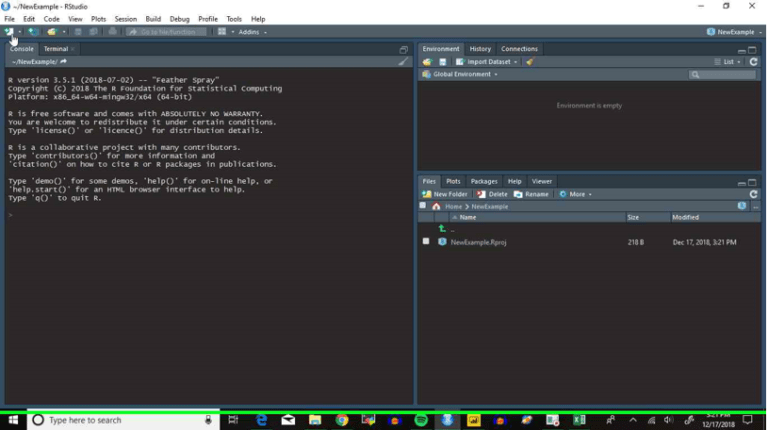

In her free time, she enjoys exploring her home of 2 years, San Francisco. She lives at the San Francisco Zen Center with her partner, a Soto Zen Priest. Prior to her career in the tech field, Hilary received her PhD in Biostatistics from Johns Hopkins School of Public Health. Hilary recently authored the paper Opinionated Analysis Development based on discussions from the podcast. Their topics of discussion include the R ecosystem, recent developments in the data science and statistics field, reproducibility and the “how” of how data scientists and statisticians work.

She is also a co-founder of the Not So Standard Deviations podcast, a bi-weekly data science podcast with Roger Peng that has over half a million downloads. At Stitch Fix, she focuses on what sorts of data to collect from clients in order to optimize clothing recommendations, as well as building out prototypes of algorithms or entirely new products based on new data sources. Theme(legend.Hilary Parker is a Data Scientist on the styling recommendations team at Stitch Fix, a personal styling service that uses a combinations of human stylists and algorithmic recommendations to help people find what they love. Theme(legend.position=c(1.1.6), legend.direction = "vertical") + Xlab("Years") + ylab(sprintf("%s (Tg)", spcname)) + ggtitle(tit) + theme_bw() + theme(legend.key = element_blank()) + However, I'm only interested in a few variables: age, ftv, ptl and lwt. Geom_line(data=subset(df2, variable="M5"), size=2) + I am trying to calculate descriptive statistics for the birthweight data set (birthwt) found in RStudio. Geom_line(data=subset(df2, variable="M4"), size=2) + There are many packages that handle such problems. The sd() function can be used in the tidy method since it is a built-in function. In this case, calculating standard deviation with the statsummary method requires more typing than with the tidy method.

Geom_line(data=subset(df2, variable="M3"), size=2) + This is an aggregation problem, not a reshaping problem as the question originally suggested - we wish to aggregate each column into a mean and standard deviation by ID. Here is an example for when the tidyverse method is slightly superior or even: calculating standard deviation (sd). Geom_line(data=subset(df2, variable="M2"), size=2) +

Geom_line(data=subset(df2, variable="M1"), size=2) + Print(ggplot(data = df2, aes(x = date, y = value, color = variable)) + Standard Deviation (126.55/19)0.5 2.58079 Example 2 Now we will look into some other examples with different datasets. Png(filename,width = 8 * 360, height = 5 * 360, res = 360) Step 4: We will calculate the Standard deviation, by dividing summation with the number of observations minus 1 and we will square root the result. Tit <- sprintf("%s %s Anuual Burden - %s", regnm, spcname, scenm)įilename <- sprintf("%s/TS_%s_%s_BurdenANN_%s.png",folderout, regnm, spcname, scenm)
Rstudio standard deviation code#
Unable to extract the source C code in R to find the method of calculation. SD: SD <- structure(list(M1 = c(NaN, NaN, NaN, NaN, NaN, NaN, NaN, NaN, I would like to plot all in one plot, where i have the mean and a shaded standard deviation on each mean for the different models.
Rstudio standard deviation plus#
I have one data frame with means of multiple ensembles from 5 different models, so 5 columns plus a date column, and a second data frame where i have the standard deviations.


 0 kommentar(er)
0 kommentar(er)
